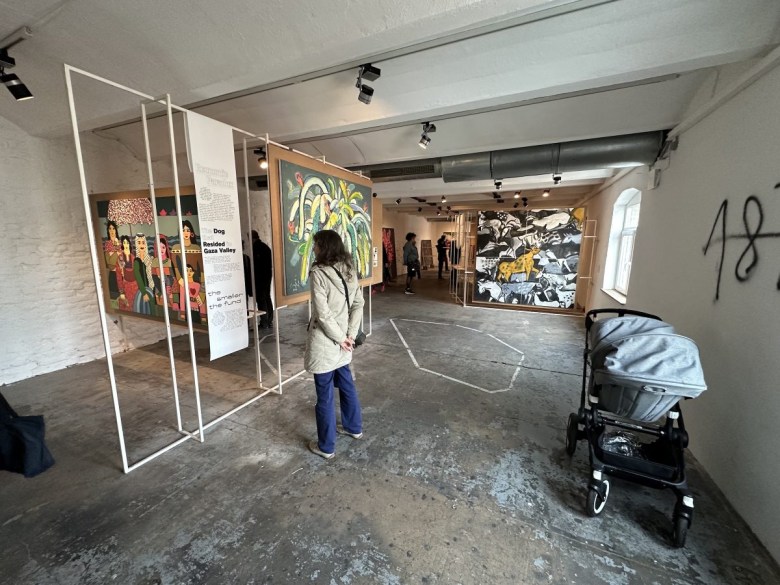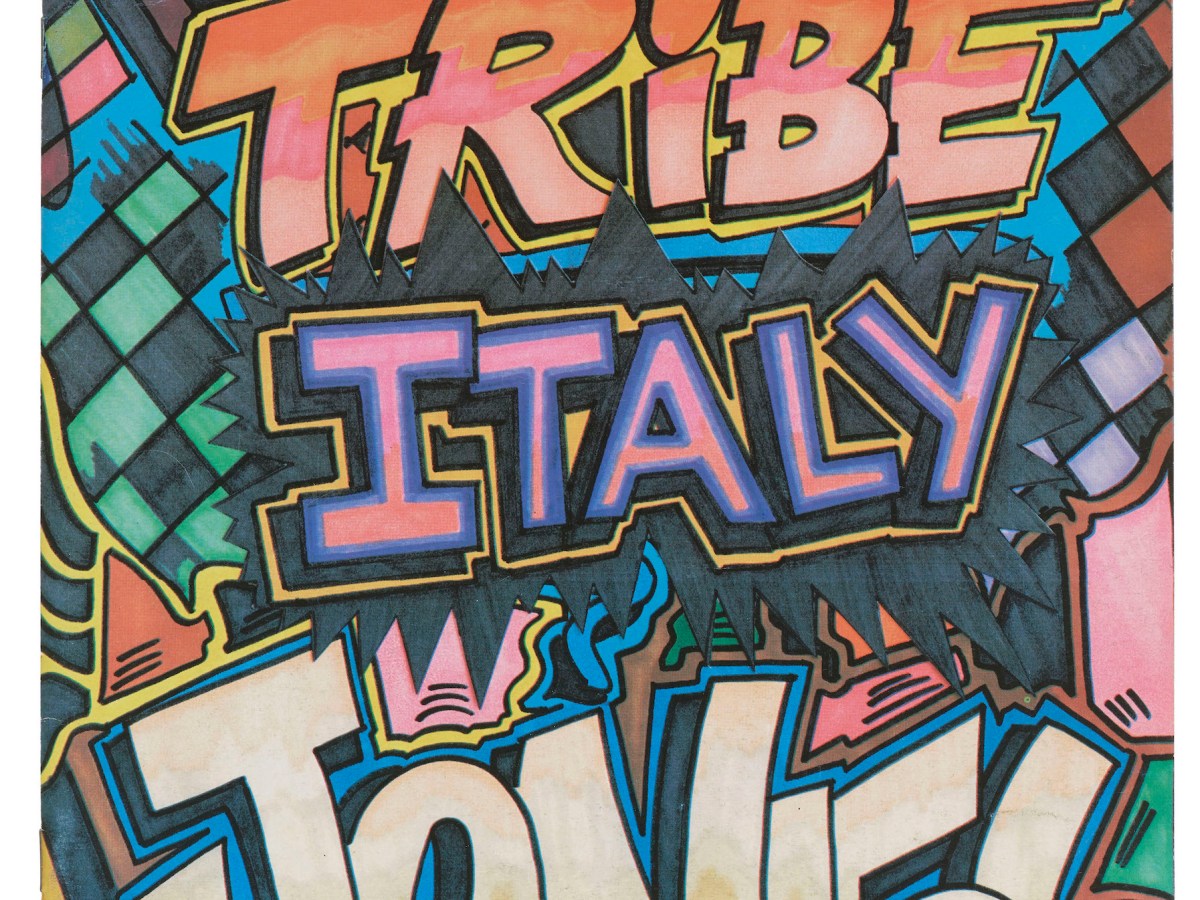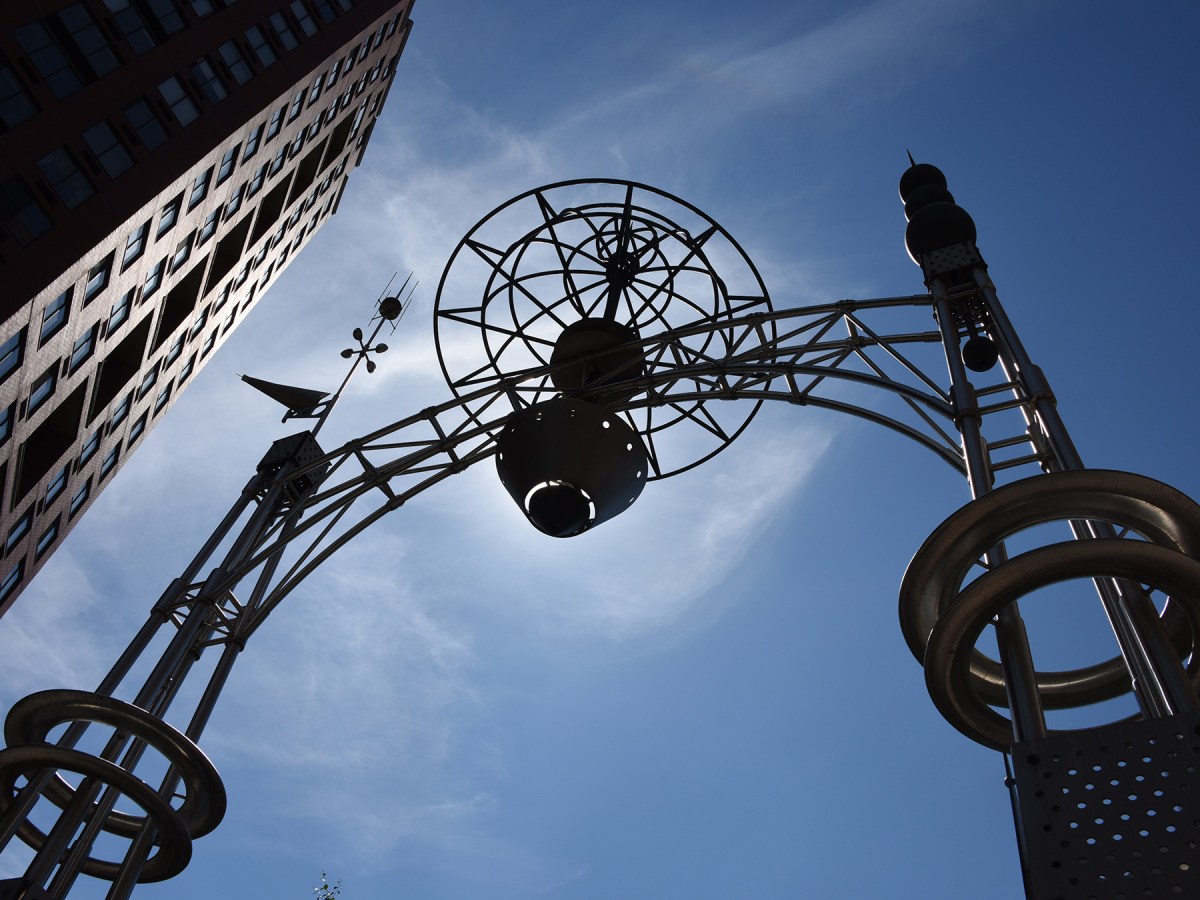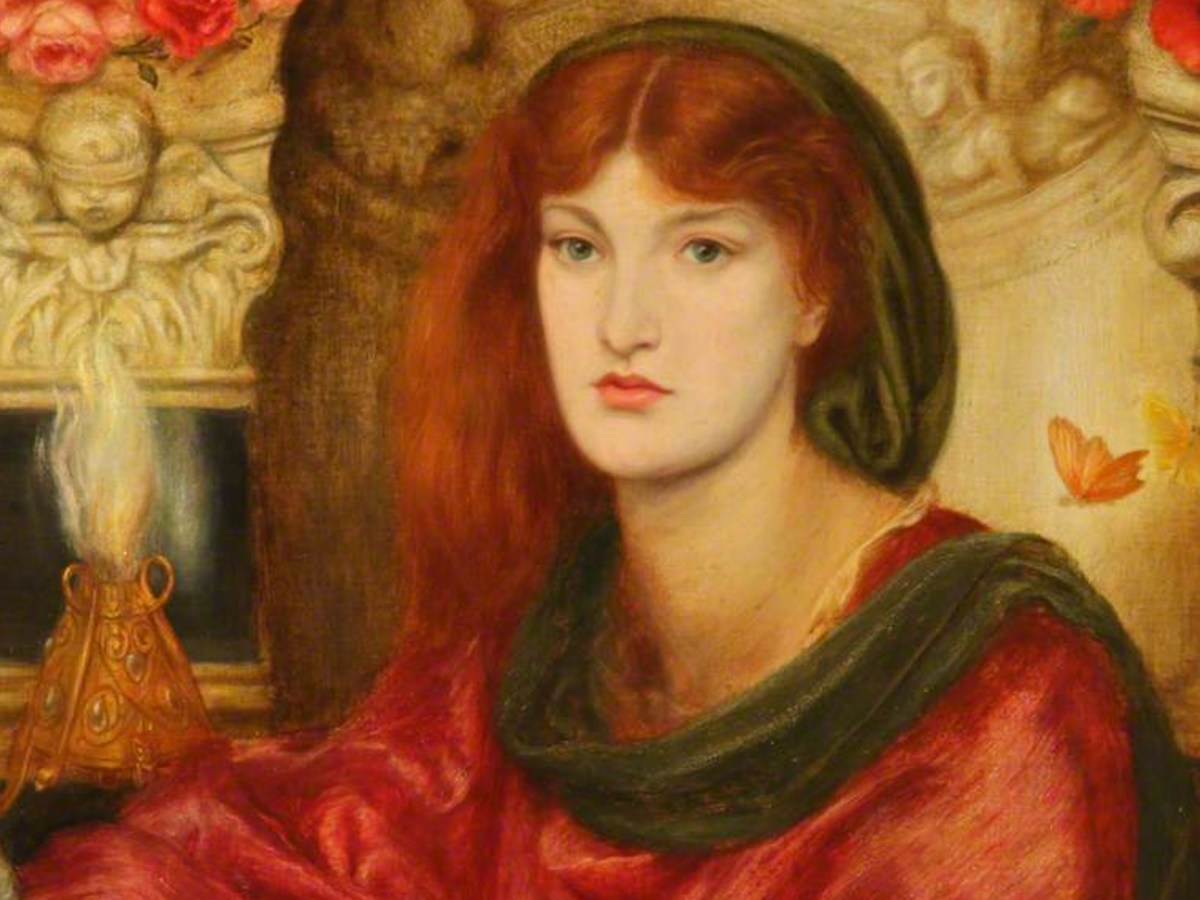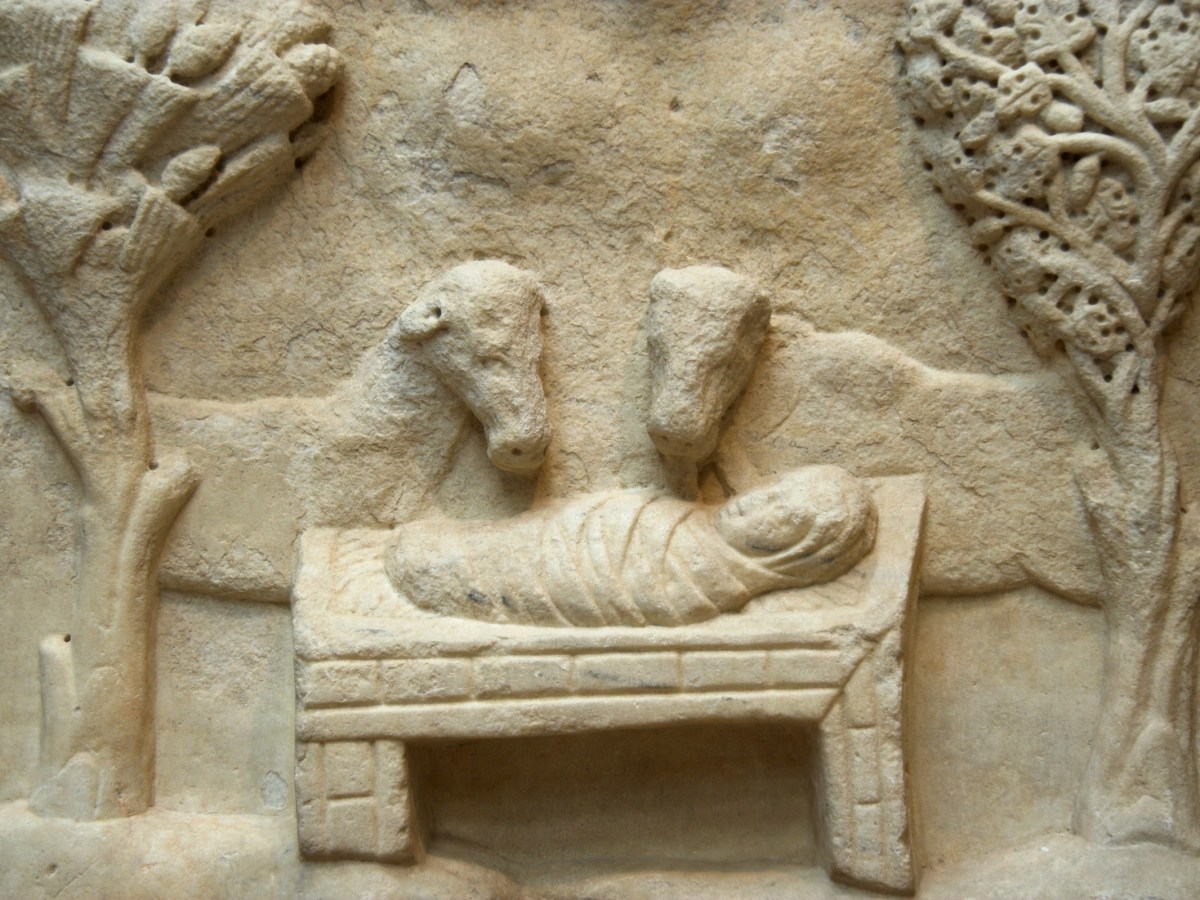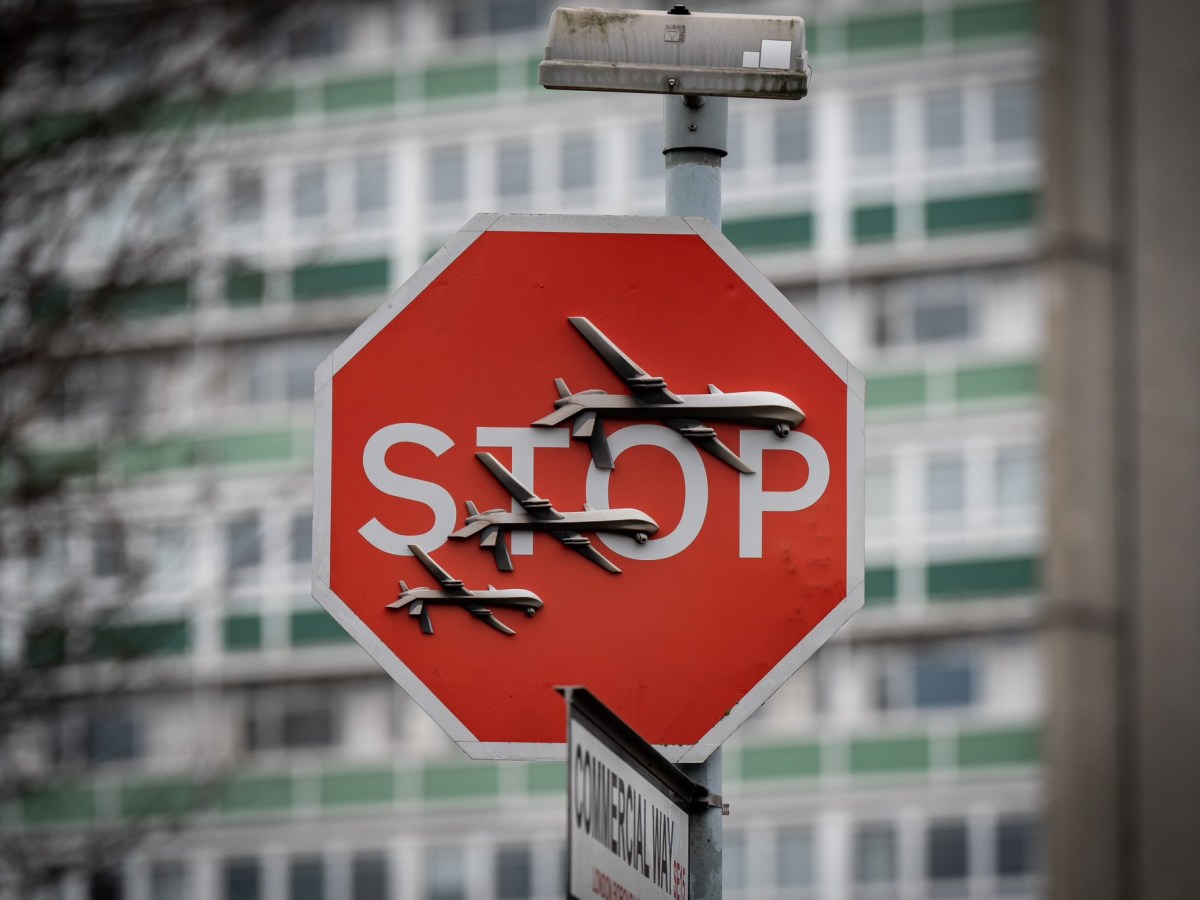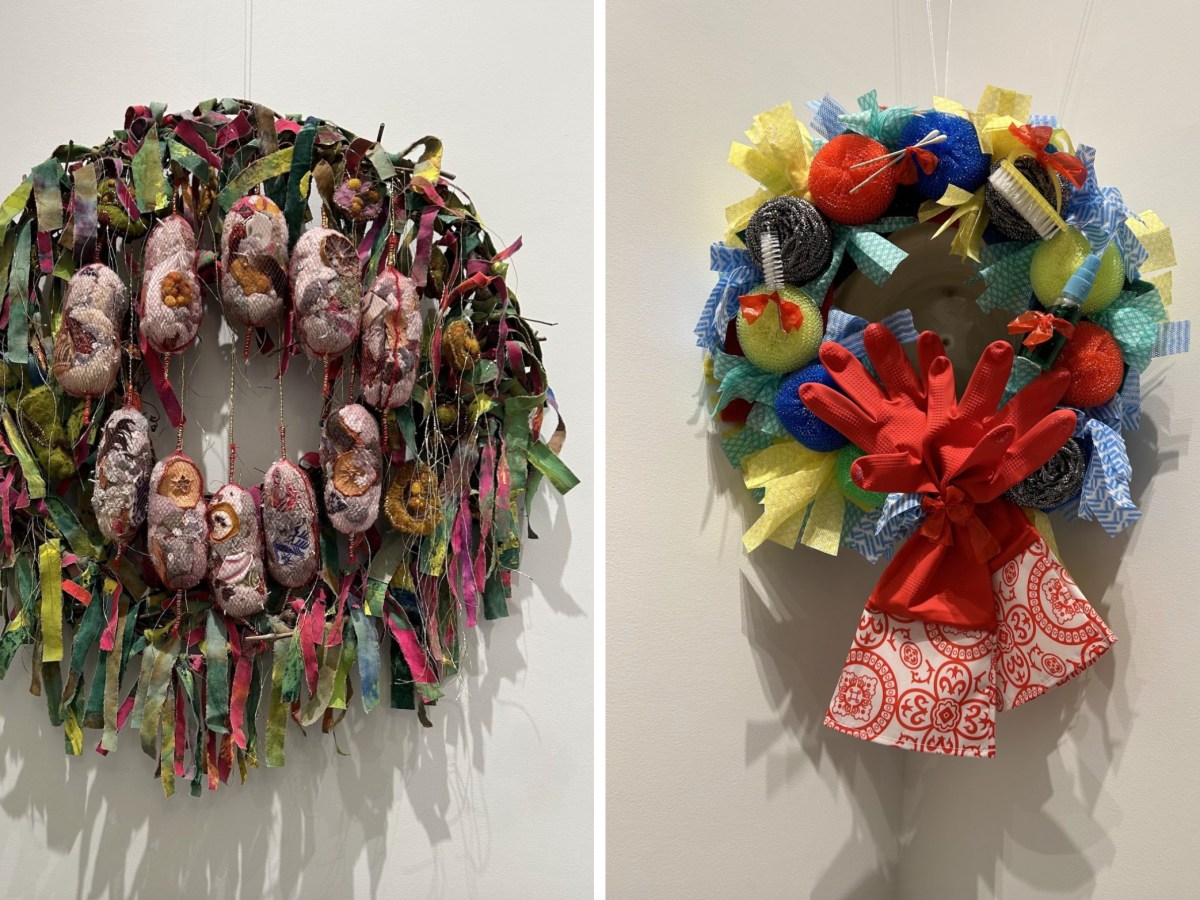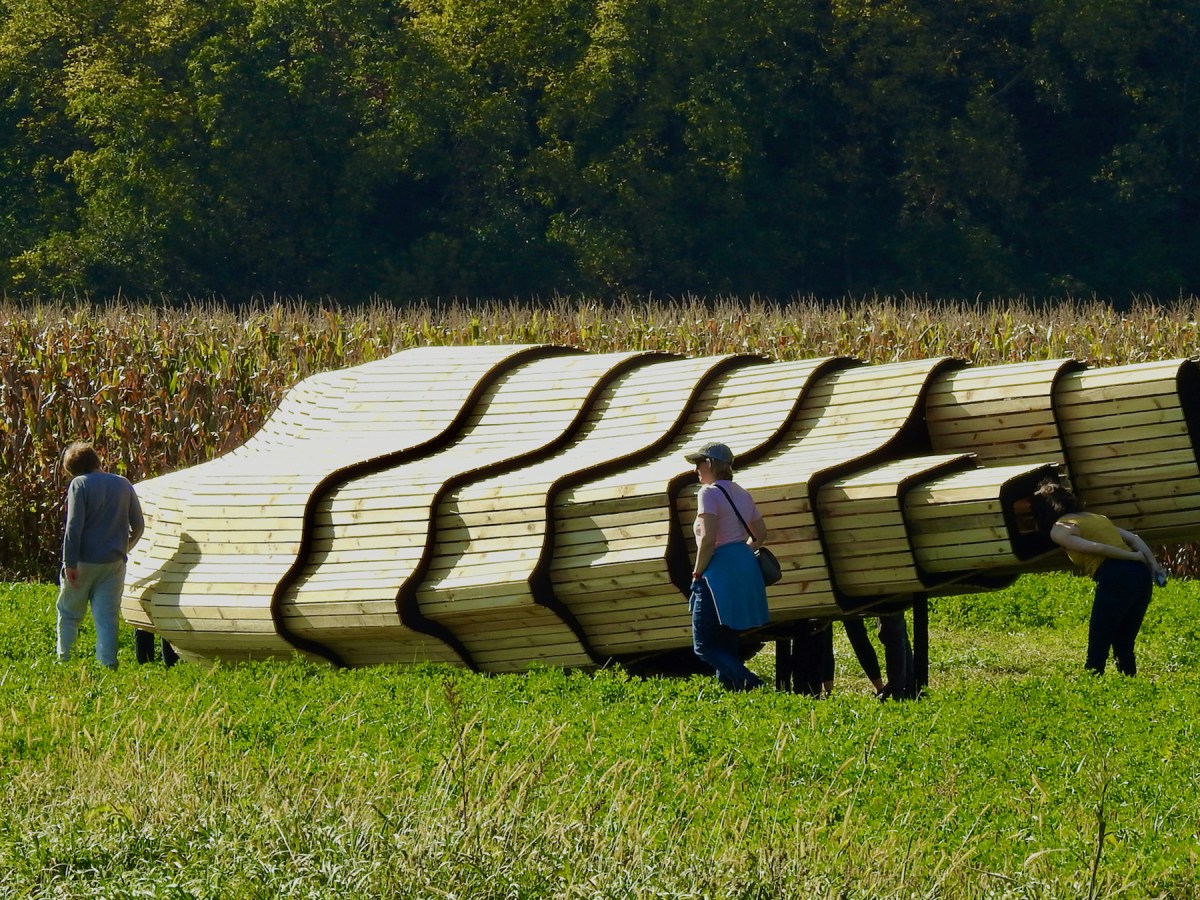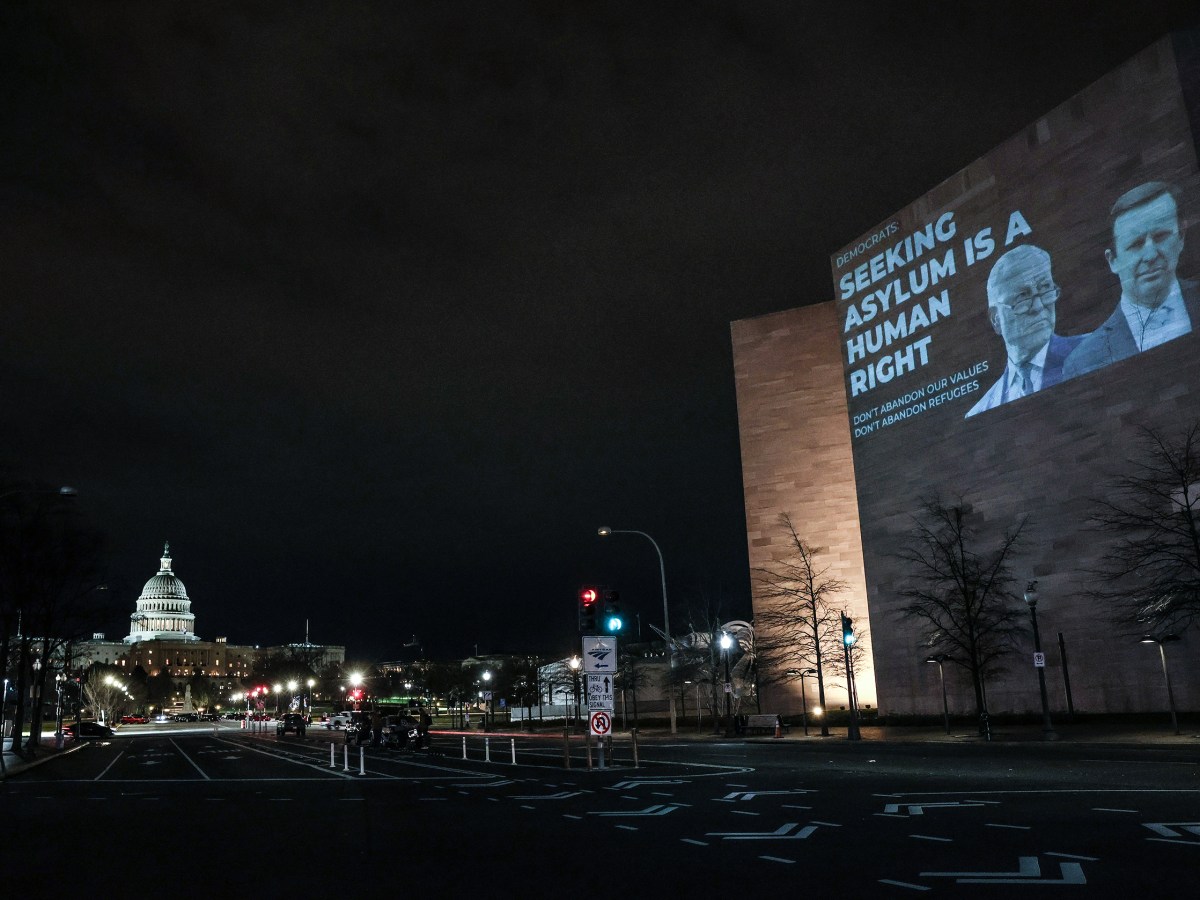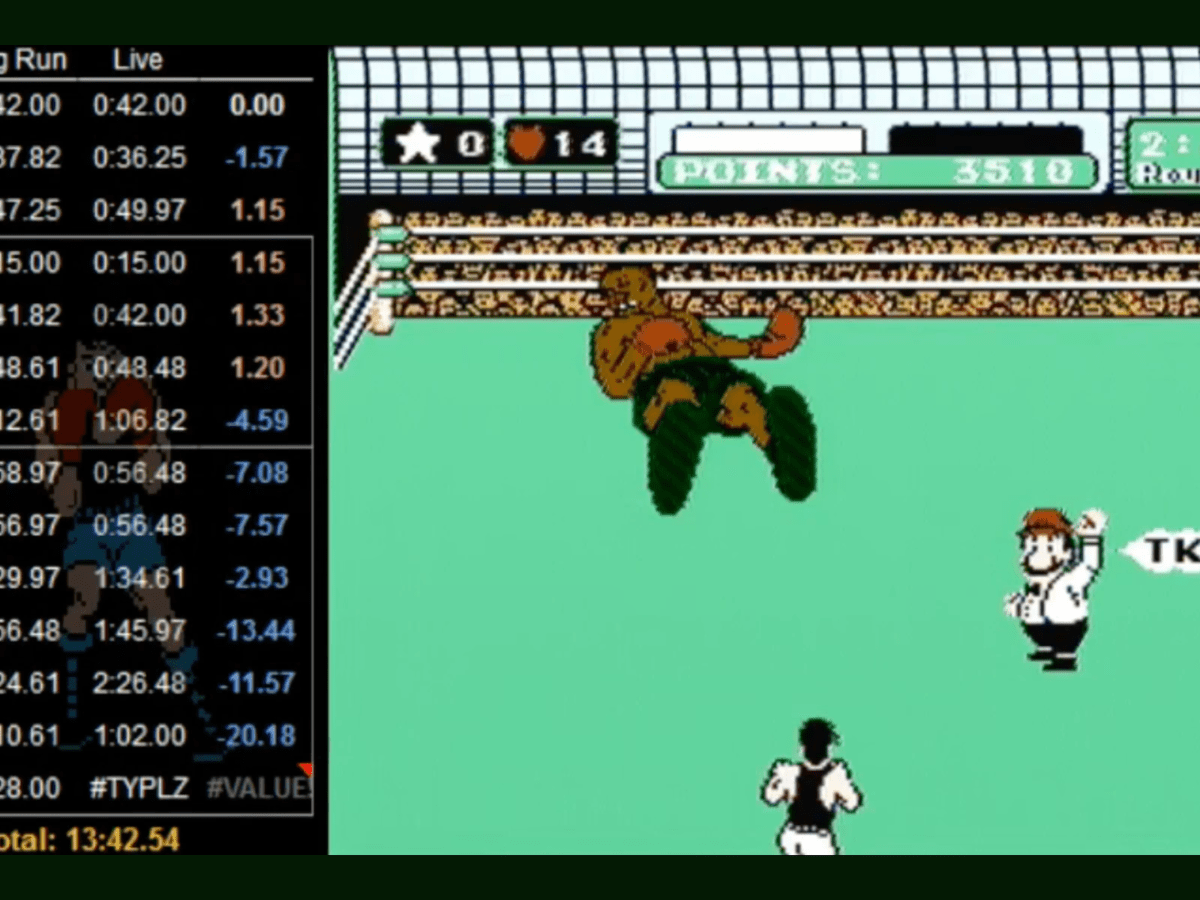A Palestinian contemporary art collective and gallery space reported that its facilities were “totally destroyed” by an Israeli airstrike earlier this month. Eltiqa Gallery, which once operated on the bustling Omar Al-Mukhtar Street in downtown Gaza City and participated in Documenta 15 last year, posted the images of its damaged storefront on its Facebook page. The destruction was subsequently corroborated by the Palestinian Ministry of Culture.
Eltiqa was founded in Gaza City in 2002 by seven Palestinian artists with multidisciplinary practices, offering exhibition space, workshops, and educational avenues. Last year, Eltiqa was invited to co-curate an exhibition alongside another Palestinian art group called Question of Funding (QoF) for Documenta 15 in Kassel, Germany.

Documenta’s administration and the 2022 exhibition iteration’s artistic directors, the Indonesian art collective ruangrupa, were repeatedly hit with allegations of antisemitism for the inclusion of QoF and other “anti-Israeli” participants with ties to the Boycott, Divestment, and Sanctions (BDS) movement, and vandals broke into QoF’s exhibition venue to graffiti “187” and “Peralta” onto the walls. Eltiqa’s co-founder and participating Documenta 15 artist Mohammed Al-Hawajri was accused of antisemitism for the display of his series Guernica Gaza (2010–2013), which likened the Nazi destruction of the Spanish city in 1937 to the continued Israeli attacks on the Palestinian territory.
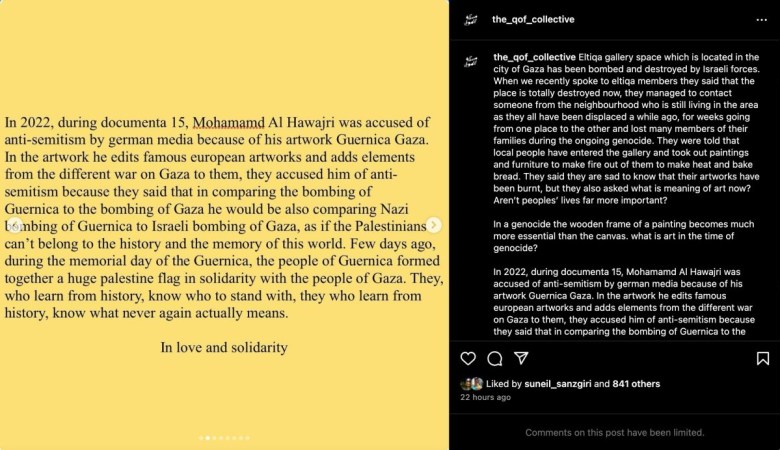
QoF recently posted additional details regarding Eltiqa’s report of destruction on Instagram, sharing that all of the gallery’s members have been displaced from the area and confirmed that the gallery had been “totally destroyed.” QoF also reported that Eltiqa’s founders were made aware that Gazan locals accessed the gallery to burn artwork and furniture for warmth and to make bread.
“They [Eltiqa’s members] said they are sad to know that their artworks have been burnt, but they also asked what is meaning of art now? Aren’t people’s lives far more important? In a genocide, the wooden frame of a painting becomes much more essential than the canvas,” a section of QoF’s post reads. “What is art in the time of genocide?”
